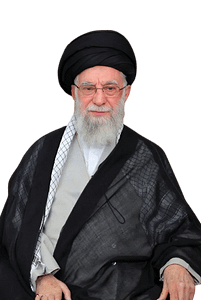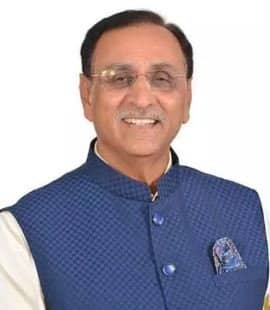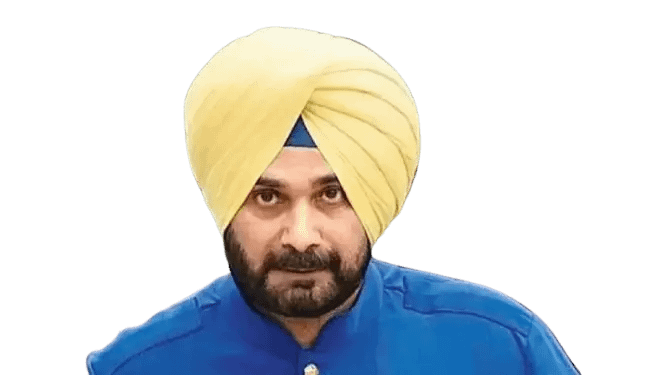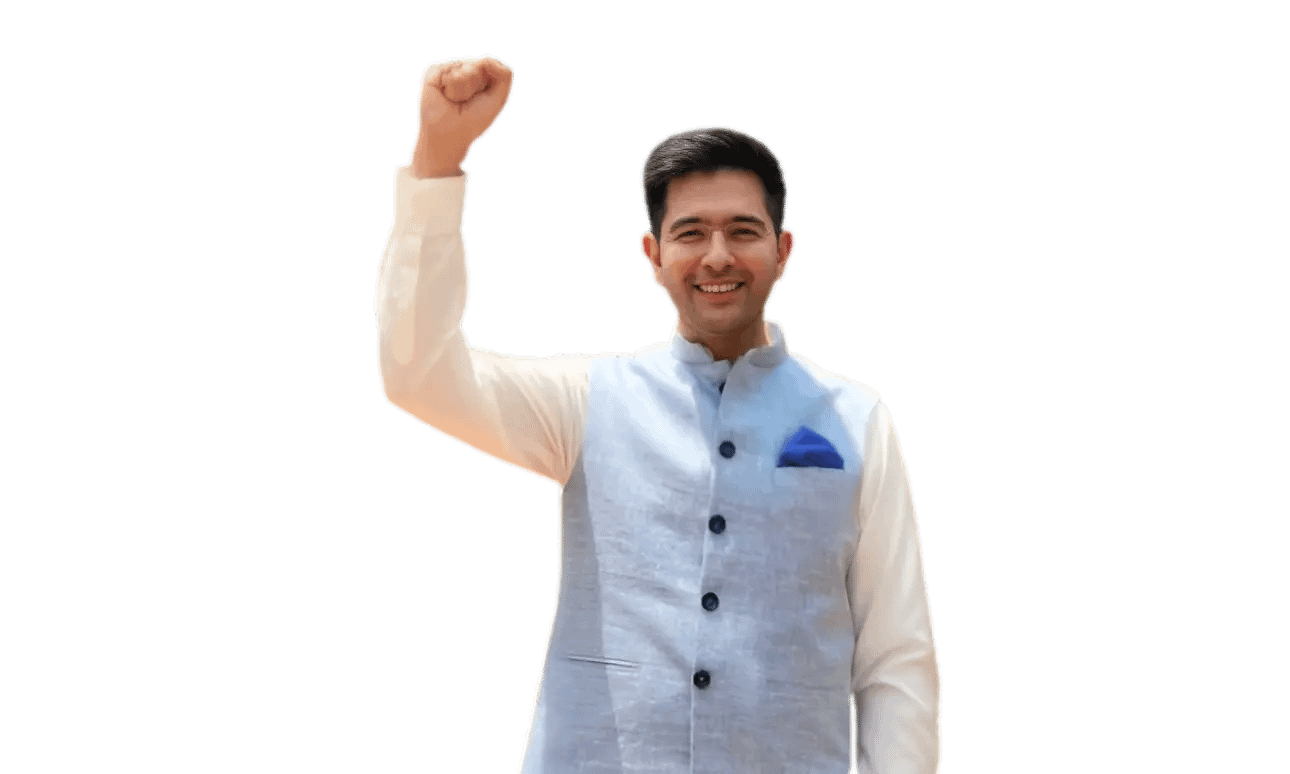Ali Khamenei: Ayatollah Seyyed Ali Hosseini Khamenei Introduction

Ali Khamenei Full Name Ayatollah Sayyid Ali Hosseini Khamenei, born on July 17, 1939, is one of the most influential figures in the modern history of Iran. As the Supreme Leader of Iran since 1989, Khamenei holds the highest-ranking political and religious authority in the country. A scholar, cleric, and strategist, Khamenei has played a pivotal role in shaping the Islamic Republic’s policies for more than four decades. His leadership spans key historical events, such as the Iran-Iraq War, nuclear negotiations, and regional power struggles.
This biography explores his early life, religious background, political ascent, personal life, and financial standing, providing a holistic understanding of his complex role in Iranian politics.
Ali Khamenei Early Life and Education
Ali Khamenei was born in Mashhad, Iran, into a religious and modest family. His father, Sayyid Javad Khamenei, was a well-known cleric of Azeri descent, while his mother came from a Persian background. The Khamenei household was marked by simplicity and religious discipline. Young Ali was raised with strict adherence to Islamic traditions and showed intellectual curiosity from a young age.
Ali Khamenei Religious Training
Khamenei’s formal education began at a local religious seminary in Mashhad. He studied Islamic sciences under prominent scholars, including his own father. In pursuit of advanced theological education, he moved to Najaf (Iraq) and Qom (Iran), the two most important Shiite seminaries. In Qom, he studied under Grand Ayatollah Hossein Borujerdi and Ayatollah Ruhollah Khomeini, the future architect of the Islamic Revolution. Khomeini’s teachings had a profound influence on Khamenei’s political ideology and religious philosophy.
Early Political Involvement and Activism
Khamenei’s political activism began in the late 1950s and intensified during the 1960s as the Shah of Iran, Mohammad Reza Pahlavi, pursued a pro-Western modernization program. Khamenei became increasingly active in underground political networks, aligning himself with Khomeini’s anti-Shah movement.
Arrests and Imprisonments
Due to his involvement in the opposition, Khamenei was arrested multiple times by the SAVAK (the Shah’s secret police). He spent several years in prison and was subject to torture and surveillance. These experiences only strengthened his commitment to the revolutionary cause.
He also began translating works of prominent Islamic scholars and ideologues, including Sayyid Qutb, helping to shape a new generation of Islamist thinkers in Iran.
Role in the Islamic Revolution (1979)
The Islamic Revolution of 1979 marked a turning point in Iranian history. The Pahlavi dynasty was overthrown, and Ayatollah Khomeini returned from exile to establish the Islamic Republic of Iran. Khamenei emerged as one of Khomeini’s most trusted lieutenants.
He was active in mobilizing revolutionary committees, organizing Islamic propaganda, and building new governance structures based on Islamic principles. Khamenei’s eloquence and scholarly credentials earned him significant popularity among both clerics and revolutionary youth.
Political Career in the Islamic Republic
- Minister of Defense and Friday Prayer Leader
After the revolution, Khamenei was appointed to various key positions. He served briefly as Deputy Minister of Defense and as Tehran’s Friday Prayer Leader, a role that gave him direct access to the masses through weekly sermons. His fiery speeches denounced Western imperialism and praised Islamic governance.
- Assassination Attempt (1981)
On June 27, 1981, Khamenei survived an assassination attempt while delivering a sermon in a mosque in Tehran. A bomb placed in a tape recorder exploded, severely injuring him. The attack left his right arm permanently paralyzed. The incident turned him into a martyr-like figure and significantly boosted his stature among conservatives and revolutionaries alike.
- Presidency (1981–1989)
Following the assassination of President Mohammad-Ali Rajai, Khamenei was elected President of Iran in October 1981, becoming the first cleric to hold the post. He served two terms until 1989.
During his presidency, Khamenei dealt with:
- The Iran-Iraq War (1980–1988)
- Internal political power struggles
- Diplomatic isolation from the West
He worked closely with Prime Minister Mir-Hossein Mousavi, though their relationship was often strained. Khamenei’s presidency was marked by efforts to strengthen Iran’s military and maintain ideological control.
Supreme Leadership (1989–Present)
Appointment as Supreme Leader
After Ayatollah Khomeini’s death in 1989, the Assembly of Experts appointed Khamenei as the Supreme Leader of Iran. Though he had not attained the formal rank of Grand Ayatollah at that time, his deep revolutionary credentials and loyalty to Khomeini made him the consensus choice.
The constitution was amended to accommodate this decision, showcasing the clerical establishment’s flexibility in preserving power continuity.
Consolidation of Power
As Supreme Leader, Khamenei enjoys control over:
- The military and Islamic Revolutionary Guard Corps (IRGC)
- The judiciary
- State broadcasting and media
- Approval of presidential and parliamentary candidates
- Foreign policy, especially nuclear strategy
He built a network of loyalists in all branches of government and formed alliances with conservative clerics, military elites, and the business community. Over time, he became the most powerful man in Iran, often referred to as the “Shadow King.”
Major Events Under Khamenei’s Leadership
- Nuclear Program
Khamenei has consistently defended Iran’s right to develop nuclear energy, while denying intentions to build a nuclear weapon. He issued a fatwa against nuclear arms, though skeptics remain unconvinced. His leadership during nuclear negotiations—including the 2015 Joint Comprehensive Plan of Action (JCPOA)—was pivotal, even as he expressed distrust of the U.S.
- Green Movement (2009)
In 2009, Iran witnessed mass protests after the controversial re-election of President Mahmoud Ahmadinejad. The Green Movement, led by reformist candidates Mir-Hossein Mousavi and Mehdi Karroubi, accused the regime of electoral fraud. Khamenei publicly backed Ahmadinejad and ordered a violent crackdown, resulting in deaths, arrests, and international condemnation.
- U.S.–Iran Tensions
Khamenei has remained deeply skeptical of the United States, referring to it as the “Great Satan.” Tensions escalated after the U.S. withdrawal from the JCPOA in 2018 and the assassination of General Qasem Soleimani in 2020. Khamenei vowed revenge, and Iran retaliated with missile strikes on U.S. bases in Iraq.
Religious Authority and Ideology
Khamenei’s religious views are rooted in Wilayat al-Faqih (Guardianship of the Islamic Jurist), the principle that gives clerics supreme authority in governance. He promotes a conservative interpretation of Shiism, emphasizing anti-Westernism, self-reliance, and resistance against imperialism.
He has issued numerous religious decrees (fatwas) and maintains a vast religious network, including seminaries, charities, and cultural institutions.
Wife and Children
Ali Khamenei is married, though his wife remains largely out of the public spotlight. She is the daughter of a respected cleric and lives a quiet life adhering to traditional Islamic values.
Children
Khamenei has six children—four sons and two daughters:
- Mojtaba Khamenei – The most prominent among his children, Mojtaba is a cleric and is believed to be involved in key political and security decisions. Some analysts view him as a possible successor.
- Mostafa Khamenei – Known for his scholarly work and less political involvement.
- Masoud Khamenei – Also relatively low-profile.
- Mehdi Khamenei – The least visible among the sons.
5 & 6. Daughters (names undisclosed publicly) – Live private lives and are married to clerics or academics.
The family is known for maintaining a modest public image, though critics have questioned their behind-the-scenes influence.
Net Worth and Economic Power
Official figures regarding Khamenei’s personal wealth are unavailable due to Iran’s opaque governance system. However, reports from independent sources, including a 2013 Reuters investigation, claim that Khamenei controls a financial empire worth $95 billion USD through a conglomerate known as Setad (Execution of Imam Khomeini’s Order).
Setad has investments in:
- Real estate
- Telecommunications
- Energy
- Banking
- Pharmaceuticals
Khamenei himself lives modestly, often appearing in simple attire. But his vast institutional control allows him influence over billions in assets. These funds are technically under the Supreme Leader’s discretion and are tax-exempt.
Influence and Legacy
Khamenei’s influence goes far beyond Iran. He is seen as a spiritual and ideological leader by Shiite groups across the Middle East, including:
- Hezbollah in Lebanon
- Hashd al-Shaabi in Iraq
- Houthis in Yemen
- Syrian regime of Bashar al-Assad
Despite internal dissent and economic hardship in Iran, Khamenei remains a towering figure who has outlasted numerous presidents, foreign adversaries, and revolutionary rivals.
Criticism and Controversy
Khamenei’s leadership has faced criticism on several fronts:
- Suppression of dissent: Journalists, academics, and opposition leaders have been jailed or silenced.
- Human rights abuses: Particularly during the 2009 protests and 2019 fuel protests.
- Economic mismanagement: Many Iranians blame him for the lack of reform and worsening inflation.
- Nepotism: Allegations surrounding his son Mojtaba’s rising influence.
Internationally, he is often portrayed as the symbol of Iran’s theocratic rigidity, though supporters see him as a guardian of Islamic values and Iranian sovereignty.
Conclusion
Ali Khamenei’s biography is a complex tapestry woven from piety, revolution, power, and ideology. From a seminary student in Mashhad to the Supreme Leader of Iran, his journey has shaped the course of a nation. Under his rule, Iran has evolved into a formidable regional power, though at great internal and external cost.
As he enters the final years of his rule, questions about succession, reform, and Iran’s place in the global order remain unresolved. Yet there is no denying that Ali Khamenei stands as one of the most consequential leaders in the Islamic world today.




One thought on “Ali Khamenei: Supreme Leader of Iran”